All Stories
-
 Psychology
PsychologyCaffeine gives cocaine an addictive boost
Not only is it popular to “cut” cocaine with caffeine, the combination might be more addictive.
-
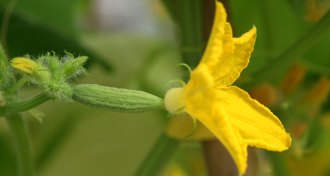 Plants
PlantsGenetic battle of the sexes plays out in cukes and melons
Genetics reveals new approach to preventing inbred seeds and encouraging more fruitful crops.
By Susan Milius -
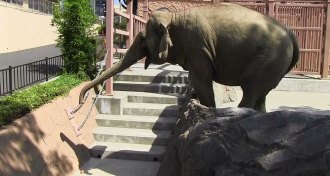 Animals
AnimalsHungry elephants turn trunks into leaf blowers
Darwin once observed an elephant using its trunk to blow an object closer. Japanese zoo elephants use the behavior to obtain food, a new study reports.
-
 Health & Medicine
Health & MedicineStudy brews up more evidence for coffee’s health benefits
Drinking up to five cups of coffee a day reduced the risk of dying early from heart and brain diseases and suicide.
-
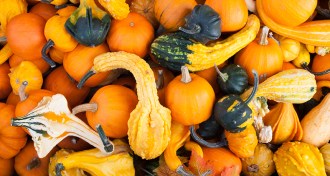 Plants
PlantsAncient gardeners saved the gourd
Domestication might have helped early vine plants like pumpkin survive after seed-dispersing megafauna went extinct.
-
 Health & Medicine
Health & MedicineStudy brews up more evidence for coffee’s health benefits
Drinking up to five cups of coffee a day reduced the risk of dying early from heart and brain diseases and suicide.
-
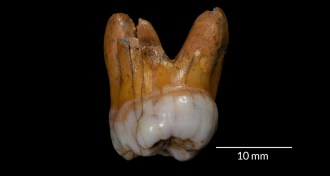 Anthropology
AnthropologyDNA puts Neandertal relatives in Siberia for 60,000 years
Recovered DNA suggests Denisovans inhabited Siberia for around 60,000 years.
By Bruce Bower -
 Plants
PlantsAncient gardeners saved the gourd
Domestication might have helped early vine plants like pumpkin survive after seed-dispersing megafauna went extinct.
-
 Anthropology
AnthropologyDNA puts Neandertal relatives in Siberia for 60,000 years
Recovered DNA suggests Denisovans inhabited Siberia for around 60,000 years.
By Bruce Bower -
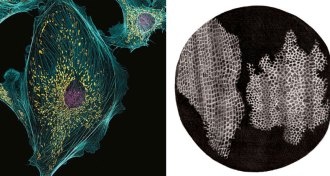 Life
LifeMicroscopes have come a long way since 1665
A 350-year-old drawing in Robert Hooke’s Micrographia and an award-winning photo demonstrate the evolution of the microscope.
By Andrew Grant -
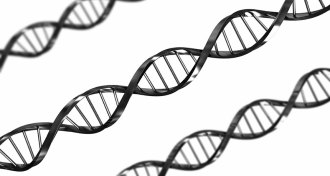 Genetics
GeneticsNew catalog of human genetic variation could improve diagnosis
Study of human protein-coding variation reveals which genes are more likely to be involved in genetic diseases.
-
 Climate
ClimateGeoengineering is world’s last hope, new book argues
Geoengineering is humankind’s only viable solution to curb climate change impacts, a journalist contends in The Planet Remade.